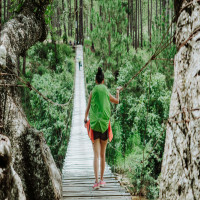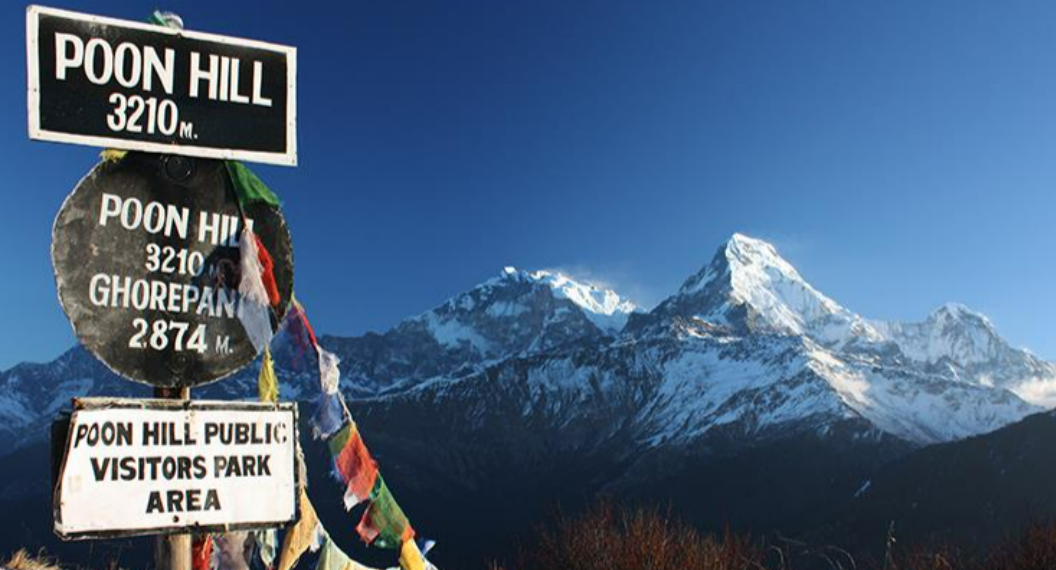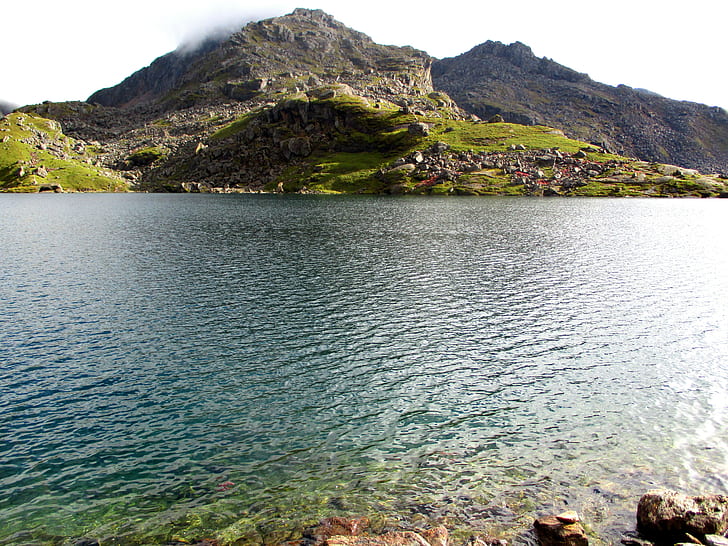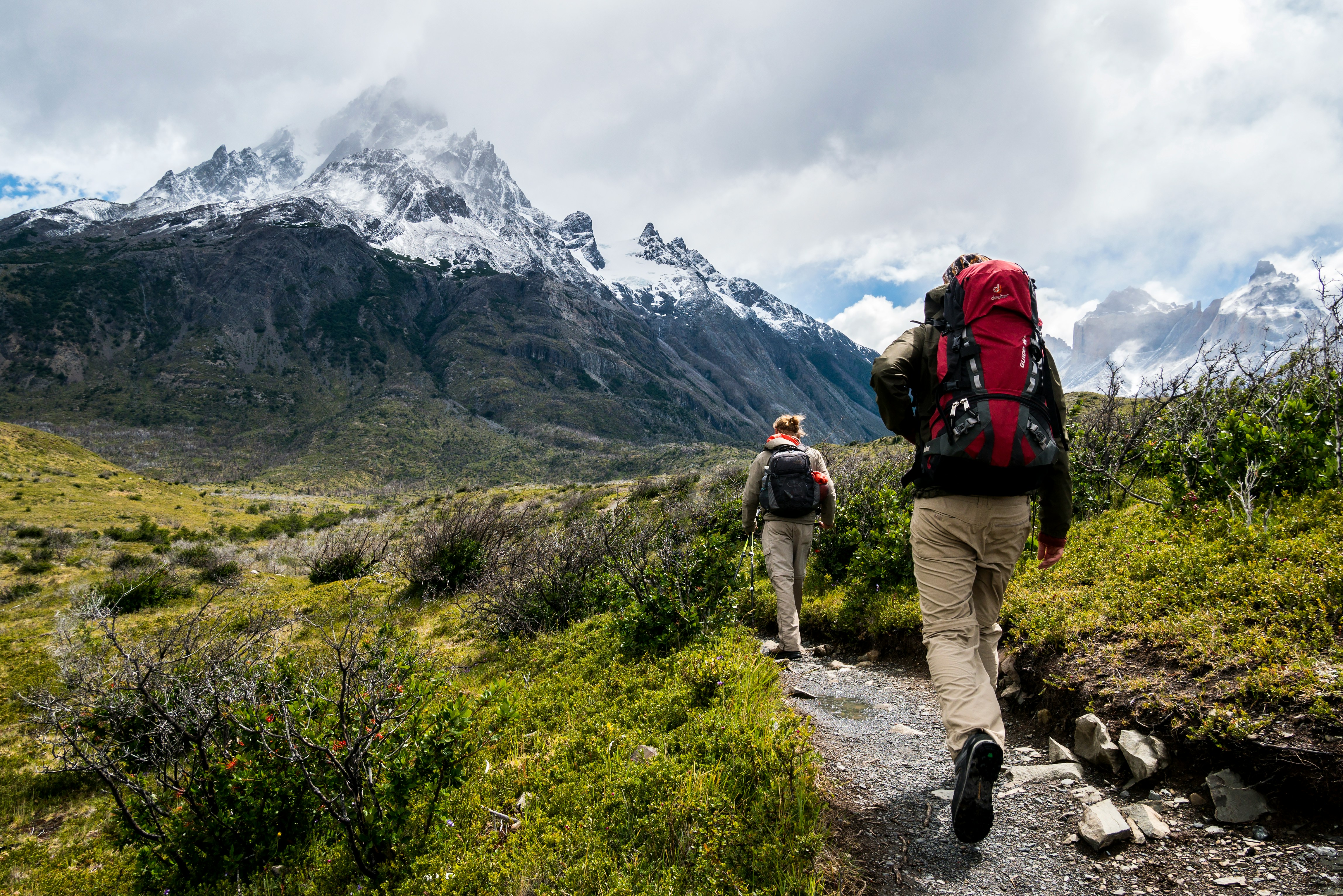Top 10 Things You Must Know Before Trekking the Kanchenjunga Circuit

Strong 8k brings an ultra-HD IPTV experience to your living room and your pocket.
The Kanchenjunga Circuit Trek is one of Nepal’s most remote and rewarding long-distance trekking routes. Named after the world’s third-highest mountain, Mount Kanchenjunga (8,586 meters), this trek takes you deep into the eastern Himalayas, through pristine alpine forests, Tibetan-influenced villages, glacial valleys, and high mountain passes.
Unlike the more commercialized Everest and Annapurna regions, Kanchenjunga remains wild, less crowded, and logistically demanding. For trekkers seeking a genuine off-the-beaten-path experience, it is arguably one of the most beautiful and culturally rich trails in the Himalayas.
Here are the top 10 things you must know before trekking the Kanchenjunga Circuit, to help you plan effectively and trek responsibly.
1. It’s a Remote and Physically Demanding Trek
The Kanchenjunga Circuit is not for beginners. The full circuit includes both the North Base Camp (Pangpema) and South Base Camp (Oktang), usually completed in 18 to 24 days. Trails are often steep, rocky, and exposed. You’ll cross high passes above 4,500 meters and walk long hours in high altitudes with minimal rest infrastructure.
Tip: Train in advance with cardio and strength workouts. Build stamina and endurance for multiple back-to-back trekking days.
2. You Must Trek With a Guide
As of recent trekking regulations enforced by the Nepal Tourism Board, solo trekking is not allowed in the Kanchenjunga region. You must hire a government-licensed guide and go through a registered trekking agency to get the required permits.
Tip: Choose a guide with prior experience in the Kanchenjunga region, as familiarity with local trails and logistics is crucial in remote terrain.
3. Special Permits Are Required
The Kanchenjunga area is a Restricted Region, which means you cannot enter without special permits. These include:
• Kanchenjunga Restricted Area Permit (RAP)
• Kanchenjunga Conservation Area Permit (KCAP)
These permits can only be obtained through a registered trekking agency, and you need at least two trekkers in a group.
Tip: Plan your permit arrangements in Kathmandu or via your trekking agency at least a few days in advance to avoid delays.
4. Teahouse Infrastructure Is Basic
While teahouse trekking is possible on the Kanchenjunga Circuit, it’s much more basic compared to Everest or Annapurna regions. Some villages have simple lodges, but facilities like hot showers, power outlets, and varied menus are limited or non-existent in higher elevations.
Tip: Be prepared to sleep in cold rooms, eat basic meals (mostly dal bhat and instant noodles), and carry power banks and essential toiletries.
5. The Trek Is Best in Spring and Autumn
The best times to trek Kanchenjunga are during the pre-monsoon (March to May) and post-monsoon (late September to early November) seasons. These periods offer clear skies, stable weather, and excellent mountain visibility.
Monsoon season (June to August) brings heavy rainfall, leeches, and landslides, while winter (December to February) can close high passes with snow and make the trail dangerous.
Tip: April and October are the most popular and safest months for the trek.
6. Altitude Sickness Is a Serious Risk
The trek involves extended periods above 3,000 meters and visits to high points such as Pangpema (5,143 meters). Ascending too quickly or skipping acclimatization can lead to Acute Mountain Sickness (AMS), which can be life-threatening if untreated.
Tip: Follow a gradual ascent profile, include rest/acclimatization days in Ghunsa and Lhonak, and know the symptoms of AMS. Always trek with Diamox if recommended by your physician.
7. It’s a True Cultural Experience
The Kanchenjunga region is home to diverse ethnic communities including the Limbu, Rai, Sherpa, and Tibetan groups. You’ll pass through traditional villages where age-old customs, Buddhist monasteries, and stone mani walls reflect centuries of spiritual and cultural heritage.
Tip: Show respect to local traditions. Learn a few greetings in the local language and avoid photographing people or religious sites without permission.
8. Connectivity and Communication Are Limited
Mobile network coverage is sporadic in the Kanchenjunga region, especially beyond Ghunsa and Yamphudin. Wi-Fi is rare and electricity supply is unreliable in many teahouses.
Tip: Inform family or friends of your itinerary in advance. Carry a satellite communicator or local SIM card (NTC has better coverage than Ncell in remote areas).
9. Packing Right Is Essential
Since resupply is nearly impossible on the trail, you must pack carefully. Weather in the high Himalayas can change quickly — snowstorms and freezing nights are possible even in spring or autumn.
Essential items include:
• Down jacket and sleeping bag (rated at least -10°C)
• Layered clothing (base, mid, and outer shell)
• Gloves, woolen hat, and thermal socks
• Headlamp, water purification tablets, first-aid kit
• Sufficient cash (no ATMs on the trail)
Tip: Do not overpack. Porters are limited to carrying 20–25 kg max per person.
10. Sustainability and Safety Matter
The Kanchenjunga area is ecologically fragile and culturally sensitive. Over-tourism is not yet a problem here, but it can become one if trekkers aren’t mindful.
Tip: Follow Leave No Trace principles. Avoid plastic waste, purify your water instead of buying bottles, and respect wildlife. Also, ensure your trekking agency pays fair wages and insures guides and porters properly.
Final Thoughts
The Kanchenjunga Circuit is more than just a trek — it’s a full immersion into the wild, spiritual, and rugged eastern Himalayas. While it demands more preparation and effort than Nepal’s more popular routes, the solitude, authenticity, and majestic scenery make it truly unforgettable.
By understanding the region’s challenges and preparing thoroughly, you can safely enjoy one of the most extraordinary trekking adventures in the world.
Note: IndiBlogHub features both user-submitted and editorial content. We do not verify third-party contributions. Read our Disclaimer and Privacy Policyfor details.







